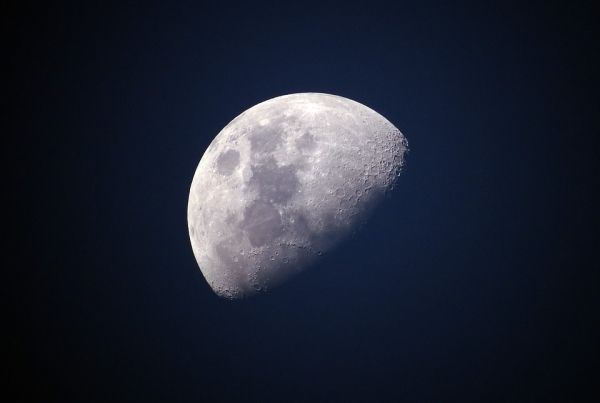Planned missions to return humans to the Moon need to hurry up to avoid hitting one of the busiest periods for extreme space weather, according to scientists conducting the most in-depth ever look at solar storm timing.
Scientists at the University of Reading studied 150 years of space weather data to investigate patterns in the timing of the most extreme events, which can be extremely dangerous to astronauts and satellites, and even disrupt power grids if they arrive at Earth.
The researchers found for the first time that extreme space weather events are more likely to occur early in even-numbered solar cycles, and late in odd-numbered cycles – such as the one just starting. They are also more likely during busy periods of solar activity and in bigger cycles, mirroring the pattern for moderate space weather.
The findings, published in the journal Solar Physics, could have implications for the NASA-led Artemis mission, which plans to return humans to the moon in 2024, but which could be delayed to the late 2020s.
Read more at University of Reading
Photo Credit: Ponciano via Pixabay


